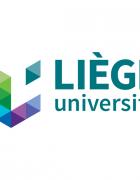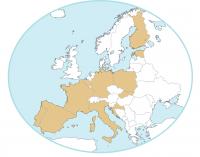
ULiège - Faculty of Applied Science
University of Liège
Université de Liège Place du 20-Août, 7 B- 4000 Liège, Belgique
The region around Liege (extending across current borders to Germany, Luxemburg, etc.) has played a significant role in the development of early mining activities. It has also been the cradle of metallurgical processes for zinc and steel notably which have later spread out to the rest of Europe and led to the creation of companies which are nowadays world leaders known as ArcelorMittal (steel); Umicore (non-ferrous); Nyrstar (zinc) or Prayon (zinc, phosphates). The university collaborates with museums and heritage sites to develop educational materials and
provide wider society learning support. Among the important partners to be involved are:
- Neolithic Flint Mines, Spiennes (World Heritage site)
- Coal mining, Blegny (World Heritage site)
- Maison de la Métallurgie et de l’Industrie ( Museum of industry with a remarkable blast furnace and forge from the XVIIth century. Worldclass artefacts illustrating the early developments in steelmaking which further spread out to Spain (Lierganes) and Sweden (Norbotten) in the XVIIth. Important small scale models and artefacts to illustrate the first industrial process for zinc production (Altenberg, 1806)
- Musée de la Vallée de la Gueule, other objects, traditions and historical collection around Zinc mining and metalurgy in La Calamine (BE)
As said, cross-border cooperation could also be considered to involve some other historical mining sites linked to the same topics and within reach of Liege (Stolberg (zinc, DE); Stolzembourg (copper, LX); Neufchef (iron, FR); Rumelange (iron, LX); etc.).

